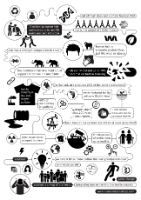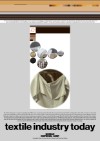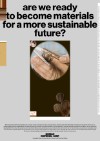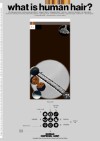Human Material Loop
HUMAN MATERIAL LOOP integrates waste human hair into a closed-loop recycling system, introducing new material to the textile industry. We are living on this planet long enough, taking its resources, but what are we giving back in exchange? HUMAN MATERIAL LOOP researches the concept of humans as a sustainable material of the future and proposes an alternative material to integrate into our daily products. How can we benefit from our beauty obsessions? Can beauty trends contribute to a sustainable future? Can we care as much about our planet as about our beauty?
In Europe, 72 million kg of human hair waste has been generated. Waste hair ends up in landfills, causing the expulsion of toxic gases into the environment. Waste hair accumulates in large amounts in the solid waste streams, choking the drainage systems. It takes several years for human hair before decomposing. While we think of human hair only existing on top of our heads, beauty salons generate huge amounts of waste, where waste management of cities only focuses on collecting the waste. The human hair is a natural filamentous biomaterial and chemically, approximately 80% keratin protein is present in human hair. The durability of keratins is a direct consequence of their complex architecture with extremely high molecular weight.Keratin protein is not easily degraded by pepsin, trypsin, and papain because of disulfide bonds, hydrogen bonding, hydrophobic interactions. The world's population is rapidly rising, waste management and the change to local materials and production is a must for a sustainable future.







